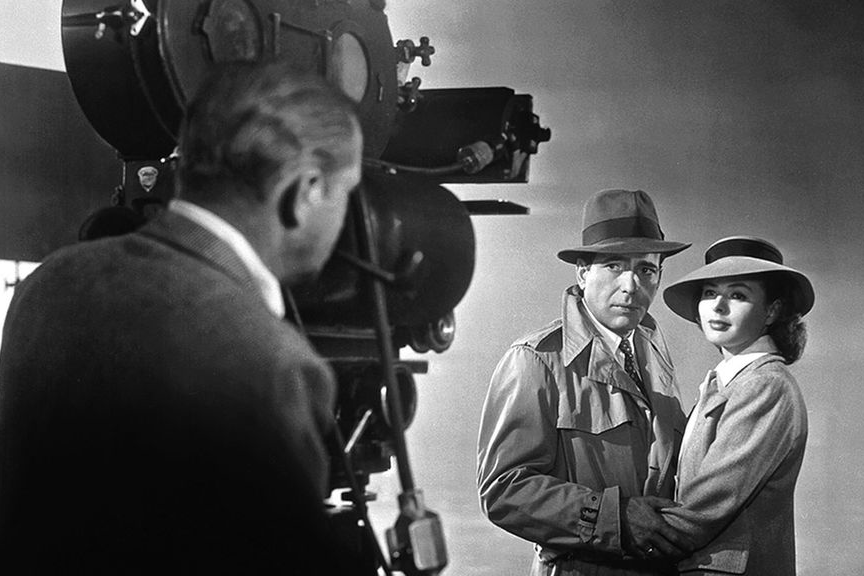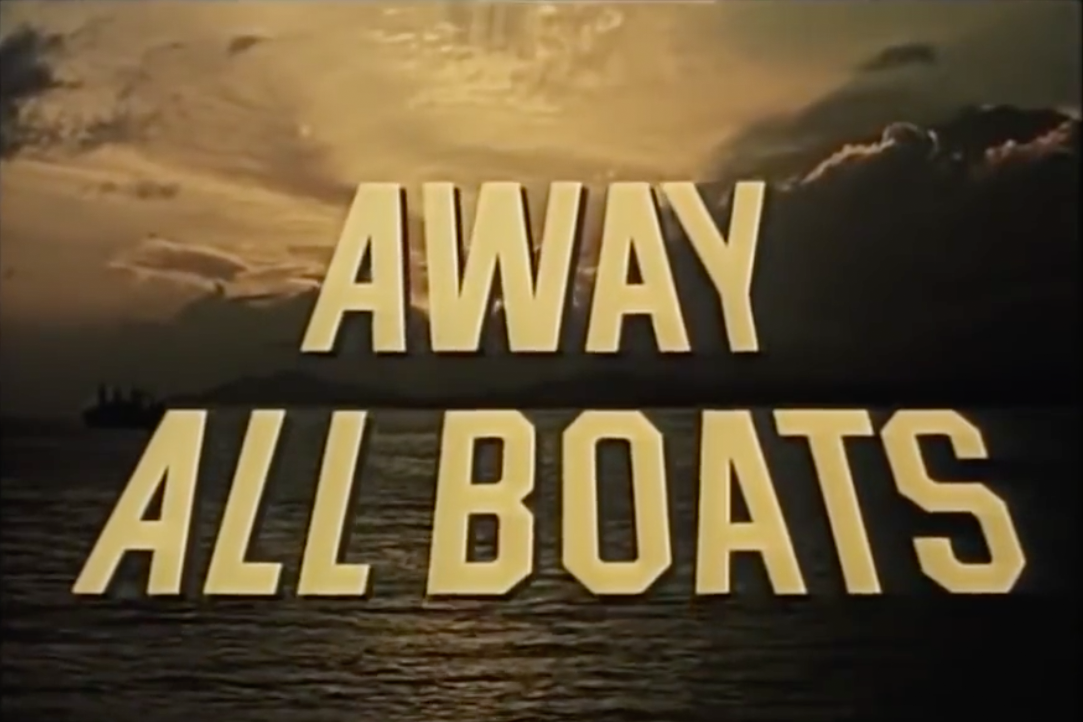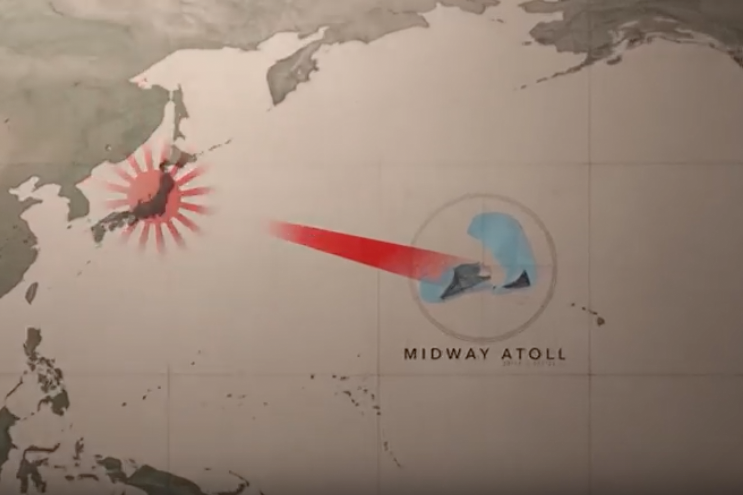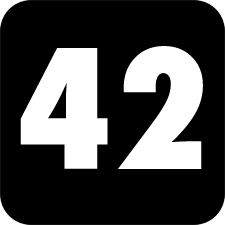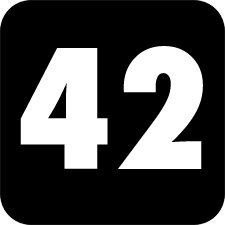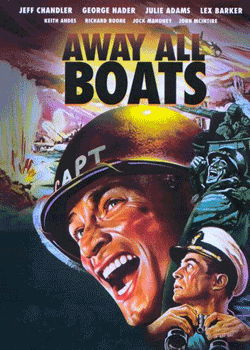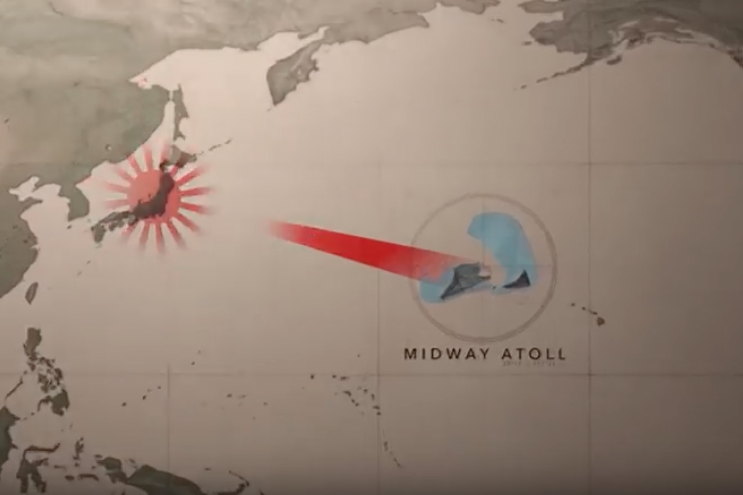Away All Boats is a 1956 war film based on the 1953 novel by Kenneth M. Dodson (1907–1999), who served on the USS Pierce (APA-50) in World War II and used his experiences there as a guide for his novel. He was encouraged in his writing by Carl Sandburg, who had read some of Dodson’s letters, written in the Pacific. The book (and film) is about the crew of the Belinda (APA-22), an amphibious attack transport. The book became a best-seller and the movie was well-received.
Universal Studio received its full cooperation for the film from the Navy, including an opportunity to photograph maneuvers and mock attacks in March 1955 in the Caribbean and on Vieques. The movie was filmed aboard USS Randall (APA-224). If you want to get a feel for the dimensions and layout of an attack transport, you can’t beat this film. Much of the Navy footage is vivid and convincing. It is most notable for its realistic and terrifying depictions of Japanese kamikaze attacks on U.S. Navy ships during the last year of World War II in the Pacific Theater.
The special effects for the period are excellent, particularly during the kamikaze attacks. You only need to look back to WW2 films from a few years before this (They Were Expendable, Guadalcanal Diary, etc.) to see the advances that were made in special effects over a short period of time.
The fact that it is not based on one of the more high-profile naval vessels, such as an aircraft carrier, submarine, or battleship, is also a bonus. The purpose of an attack transport (APA) was to land assault troops safely at a given point on a contested beach. APAs were not glamorous but were critical to the success of the island-hopping campaign in WW2.
Away All Boats is one of the best World War II movies to come out of the immediate post-war period. It was one of the first to be filmed in color. Though frequently melodramatic, this film gives the audience a good feel for the business of running an attack transport during the Pacific war. The opening dialogue between the old shipbuilder and the young officer is a memorable dramatic device.
The story develops well and shows the forming together of the crew to become an effective fighting force. Jeff Chandler is all navy and the total professional as he takes command of the USS Belinda and whips the crew and the ship into professional fighting trim. How realistic it is may be open to debate, but it looks good on film. The film also shows human frailties, as well as strengths, such as incompetence, inept officers, and even cowardice.
Some of the scenes are a bit overblown and detract slightly from the quality, but I think this is pretty typical of films from this era. Not sure the scenes between George Nader and Julie Adams add much to the film, but I suppose they do demonstrate that many of the crew were family men and that sacrifices were made by all, not just those directly involved in the war. And, if you were going to drag your wife to a war movie, it had to have at least some romance. The fact that there are several well-known character actors such as Richard Boone is a bonus. Clint Eastwood's role is a brief speaking one (with one line of dialog spoken by another actor), as a Navy medical corpsman assisting the ship's captain after he is severely wounded while trying to save his ship.
I have watched this movie countless times and still rate it as one of the best war movies to ever come out of Hollywood. The movie even boasted being the most expensive film ever made by its studio or any in Hollywood, back in 1956. Two thumbs up!



